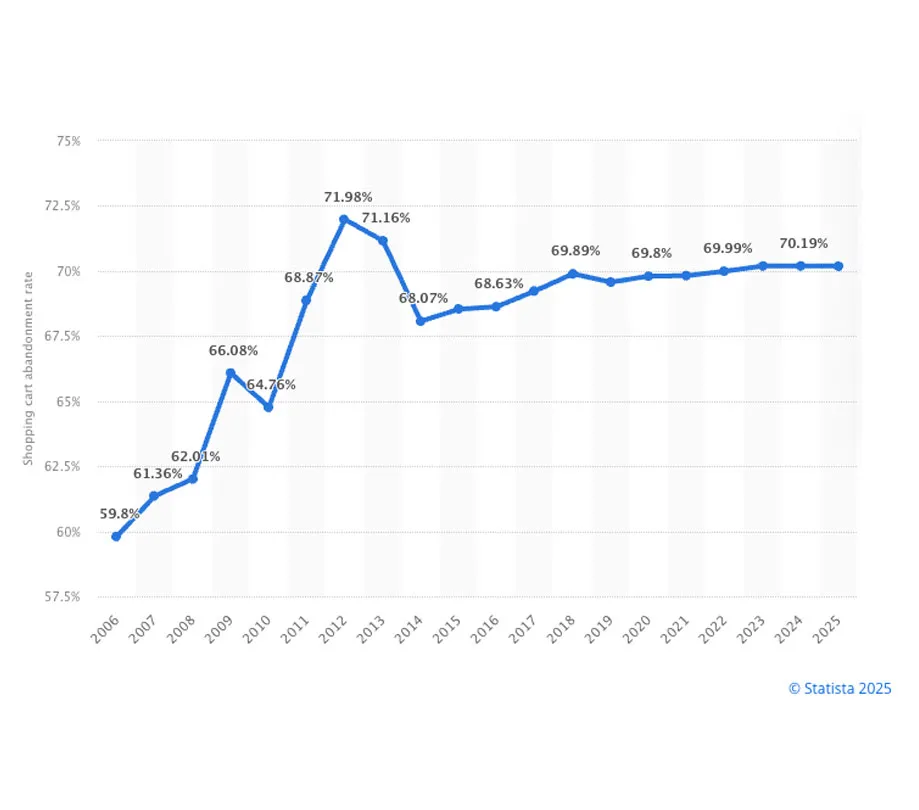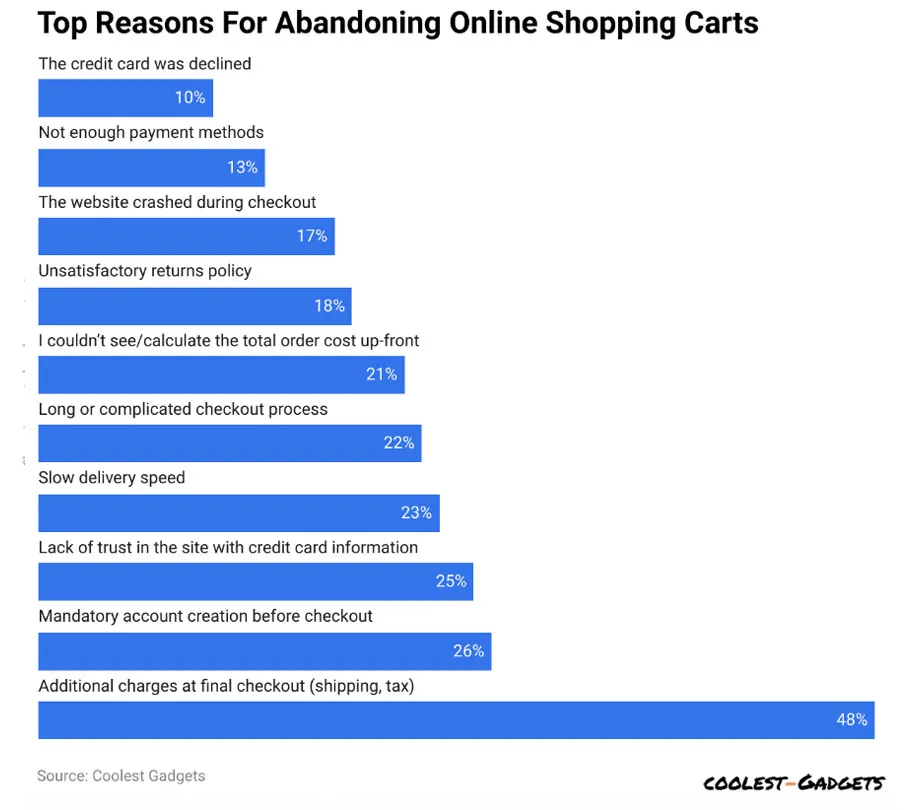Why your DIY website is costing you more than you think

Many small businesses don’t realize why your DIY website is costing you more than you think, until they face slow load times, missed leads, poor SEO, and design that doesn't convert. This post breaks down the hidden costs of platforms like Wix, Squarespace, and Weebly, and compares them with MarketByte’s ROI-driven, full-service solutions.
If you're running your business website using a DIY platform like Wix, Squarespace, or Weebly, it might feel like you're saving money. You get a sleek design template, some drag-and-drop tools, and the satisfaction of doing it all yourself without hiring a developer. But for businesses that rely on their websites to generate leads, convert customers, or support e-commerce, the truth is that DIY sites often cost far more in lost revenue than you’d think. What you’re saving in upfront cost, you’re likely bleeding out slowly through poor conversion rates, missed marketing opportunities, and the silent killer of online business, shopping cart abandonment.
Why your DIY website is costing you more than you think
Shopping cart abandonment is when users add items to their cart but leave the site before completing their purchase. It’s a global issue that affects all types of e-commerce, but it hits especially hard for businesses operating on platforms that lack conversion-optimized design, fast performance, or flexible checkout options. According to aggregated data from Statista, the worldwide cart abandonment rate is consistently over 70 percent and has remained there for years. That means that for every 10 people who put something in their cart on your site, 7 leave without buying. No small business can afford to accept that as normal, especially when it’s often the site experience itself that’s driving those numbers.
Why DIY websites fuel cart abandonment
DIY website builders tend to follow a one-size-fits-all model. You pick a theme, maybe change a few colors, drop in your logo, and call it done. But there’s no real guidance for what makes a site convert. There’s no expertise applied to button placement, user flow, or checkout funnel architecture. There’s no dedicated effort to reduce friction at every stage of the visitor’s journey. The problem is, these things aren’t optional if you expect people to complete transactions on your site. They're essential. Platforms like Wix or Squarespace simply weren’t built with ROI in mind. They were built to let anyone get a site online quickly, not to help you optimize that site for maximum return.
According to Coolest Gadgets' breakdown of cart abandonment statistics, one of the most cited reasons for abandonment is unexpected costs. This includes shipping, taxes, and fees not visible until the very last step. When a customer reaches the final checkout page and suddenly sees a total far higher than expected, it feels like bait and switch. Transparent pricing is not just a courtesy, it’s a conversion tool. DIY platforms don’t always let you customize how and when costs are displayed. If your e-commerce setup doesn’t have the flexibility to show full price estimates early in the journey, you’re setting yourself up for abandonment before the final click.
Another massive factor is website speed and performance. Sites built on template-heavy platforms often load slowly, particularly if you’ve added a bunch of third-party plug-ins or haven’t optimized your images. Data shows that even a one-second delay in load time can reduce conversions by 7 percent. That’s not theory, that’s real money. And it’s not just about the checkout page. If your homepage takes too long to appear or your mobile version is clunky, many visitors won’t even stick around to reach the product page, let alone the cart.
Online shopping cart abandonment rate worldwide between 2006 to 2025

User experience plays a huge role in this conversation, especially when it comes to mobile. Statista's data confirms that abandonment rates are notably higher on mobile devices than on desktop. That should set off alarms for small businesses, since mobile traffic now accounts for over half of all internet use. Unfortunately, most DIY sites fail to provide a smooth mobile experience. Elements stack oddly, buttons get misplaced, and the checkout flow becomes confusing. If your site isn’t fully responsive and optimized for mobile shopping, you’re losing the majority of your potential customers before they even get a chance to buy. Let’s not forget trust and credibility. One of the lesser-discussed reasons users abandon carts is because they don’t feel confident in the site’s security or legitimacy. DIY websites often lack trust indicators like SSL certificates, security badges, or even professional-looking design cues. Customers are incredibly sensitive to anything that feels off. If your DIY checkout process looks homemade, or your URLs don’t have secure "https" protocols, even the most interested buyer may hesitate—and then vanish. These are small signals, but in e-commerce, perception is everything. Without a polished, professional front, you might be hemorrhaging revenue without realizing it. You might be asking, can’t all of this be solved by tweaking my DIY site? In theory, yes. In practice, not easily. DIY platforms restrict access to underlying code and often don’t allow for integration with more advanced e-commerce tools or marketing automations. Things like A/B testing, upsell pop-ups, or dynamic shipping calculators are difficult or impossible to implement. More importantly, these platforms do not provide strategic guidance. You’re left on your own to figure out what’s broken and why people aren’t converting. That kind of trial and error costs you time, and in business, time is money. Missed leads are another hidden cost of DIY websites. When users don’t convert, do you even know why? Are you tracking bounce rates? Are you reviewing heatmaps to see where users drop off? DIY platforms provide only basic analytics, which means you can’t gather the insight you need to make real improvements. You’re flying blind. And if you don’t have lead capture forms that are properly placed, follow-up automations, or email nurture sequences built into the experience, you’re missing every second chance to close a sale after the first visit fails. Perhaps most critically, SEO on DIY platforms is weak at best. While some builders claim to offer SEO tools, the reality is that most limit your ability to customize metadata, manage 301 redirects, create fast-loading pages, or implement structured data. Without these SEO fundamentals, your site will rank lower, attract fewer visitors, and ultimately produce fewer conversions. That’s a long-term problem that compounds over time. You’re not just missing out on traffic today—you’re building a weak foundation that will prevent growth tomorrow.Missed leads, weak SEO, and lost trust
Top reasons for abandoning online shopping carts

Stop leaking revenue, build for ROI instead
So when you look at a DIY website’s monthly cost, maybe $20 or $30 per month, it’s tempting to think you're getting a great deal. But factor in a 70 percent cart abandonment rate. Factor in the conversions that never happen because your site feels slow, outdated, or hard to use. Factor in the leads that never come back because your forms weren’t optimized or your checkout process required an account signup. Now ask yourself if your “cheap” website is really saving you anything at all.
Compare that to working with a full-service web partner like MarketByte. Instead of juggling plugins and templates, you get a site designed strategically from the ground up to convert. Instead of guessing at why users leave your site, you get analytics and expert guidance to fix problems before they cost you more. Instead of watching visitors abandon their carts, you get optimized checkout experiences, trust-building design, and targeted follow-up strategies that bring customers back. Most importantly, you get a site built for ROI, not just to look nice, but to make money.
It’s not enough to be online anymore. Your website isn’t a digital business card. It’s your storefront, your sales floor, your customer service rep, and your cash register. If that experience is slow, confusing, or untrustworthy, your business will suffer, no matter how good your products or services are. DIY builders might offer a shortcut to launch, but they are not built to scale, optimize, or compete in a world where shoppers are picky, impatient, and overloaded with choices.
Businesses today cannot afford to ignore the role that website performance, checkout design, and conversion strategy play in overall profitability. That’s especially true for smaller companies, where every dollar counts and every sale matters. A DIY site might feel like a savings on your budget sheet, but in reality, it could be the biggest expense your business has, and one that doesn’t show up until you realize what you’ve lost.
It’s time to reframe the way we think about website costs. Don’t just count the dollars you spend to build the site. Count the customers who leave. Count the leads who never convert. Count the opportunities you’re missing every single day your site isn’t working as hard as you are. That’s the real cost of DIY.
If you’re ready to stop losing money to cart abandonment, slow pages, or poor design, MarketByte offers web solutions built to convert, grow, and scale. Your website should be an asset, not a liability. Let’s build one that finally pays for itself, and then some.
About the Author

Website Programming & Design
Deeply passionate about the latest technological advancements, Austin brings a forward-thinking approach to integrating cutting-edge tech trends into marketing. This is especially evident in his work with mobile technologies, where he consistently pushes the boundaries of user engagement and market reach. Outside of his professional life, Austin nurtures his creative side by playing several musical instruments and drawing inspiration from his favorite television shows.
